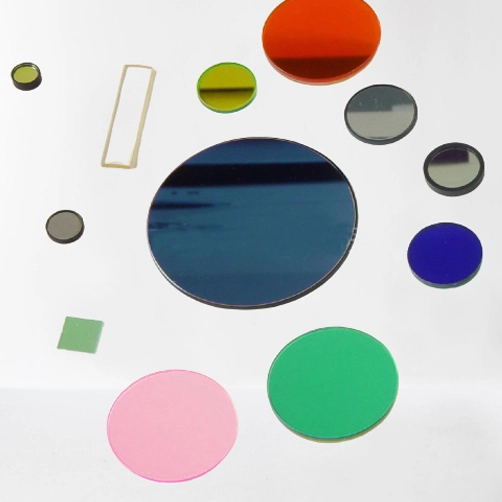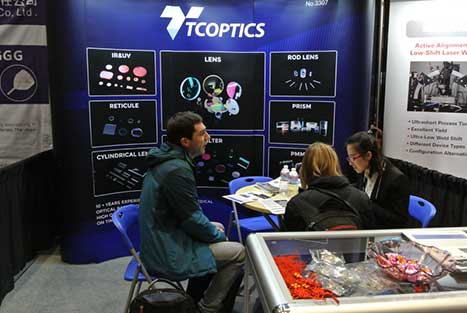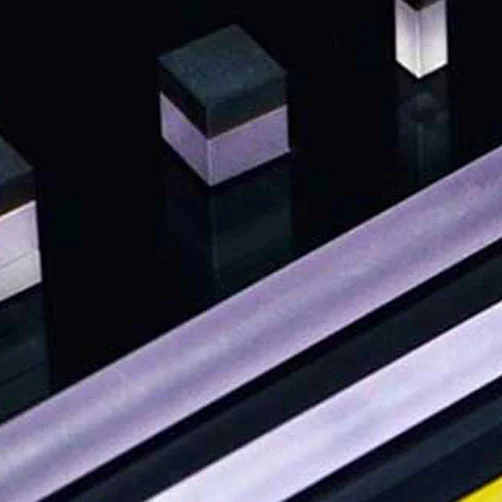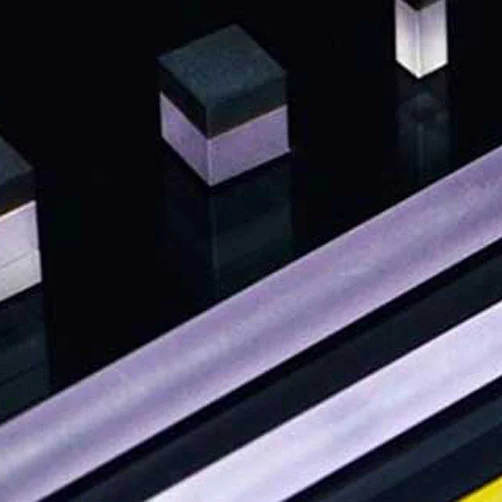
With the rapid development of modern industry, precision optical components are widely used in various industrial fields. As a carrier for realizing optical functions, optical components play a vital role in the development and use of various optical instruments.
Therefore, in view of the scattering characteristics of the optical element surface, how to better detect the surface defects of the element is also proposed.
The so-called surface defects of custom optical components mainly refer to surface defects and surface pollutants. Surface defects refer to various processing defects such as pitting, scratches, open bubbles, broken edges, and broken points that still exist on the surface of optical components after polishing.
The main reason is the processing process or subsequent improper operation, and scratches refer to the long scratch marks on the surface of optical components.
According to the difference in scratch length, it can be divided into long scratches and short scratches, with 2mm as the limit. If the scratch length is greater than 2mm, it is a long scratch, and if it is less than 2mm, it is a short scratch.
For short scratches, the evaluation standard is the cumulative length of the scratches. Relatively speaking, scratches are easier to detect than defects such as pitting.
Pockmarks refer to pits, etching pits, and defects on the surface of optical components. The surface roughness in the pits is relatively large, the width and depth are roughly the same, and the edges are irregular.
In general, defects with an aspect ratio greater than 4:1 are defined as scratches, whereas defects less than 4:1 are pitted.
Bubble is formed by the gas that is not discharged in time during the production or processing of optical components. Due to the uniform distribution of gas pressure in all directions, the shape of the bubble is generally spherical.
Cracked edge refers to the defect on the edge of the optical element. Although it is outside the effective area of the light source, it is also a scattering source of light, which will also have a certain impact on the optical performance, so it also belongs to the category of defects.
Surface defects, as a kind of microscopic local defects caused by human beings in the processing process, have a certain influence on the surface performance of optical components, which may cause serious consequences such as operating errors of optical instruments.
In a word, the surface flaws of optical components can harm the performance of the optical system, and the fundamental reason is the scattering properties of light.
The damage of optical component surface defects to itself and the entire optical system is manifested in the following aspects:
(1) The quality of the beam decreases. Defects on the surface of optical components will produce light scattering effects, so that a large amount of energy is consumed by the beam after passing through the defects, thereby reducing the quality of the beam.
(2) The phenomenon of thermal effect of defects. Since the area where the surface defect is located easily absorbs more energy than other areas, the resulting thermal effect may cause local deformation of the component defect, damage to the film layer, etc., and then endanger the entire optical system.
(3) Damage to other optical components in the system. In a laser system, under the irradiation of a high-energy laser beam, the scattered light generated by the surface defect of the component will be absorbed by other optical components in the system, resulting in uneven light reception of the component.
When the damage threshold of the optical element material is reached, the quality of the propagating light will be affected, the optical element will be damaged, and the optical system will be more likely to be seriously damaged.
(4) Defects will affect market cleanliness.
When there are too many imperfections on the optical element, it will affect the aesthetics of the appearance.
In addition, tiny dust, microorganisms, polishing powder and other impurities will remain in the defect, which will cause the components to be corroded, moldy, and fogged, which will obviously affect the basic performance of the optical components.



